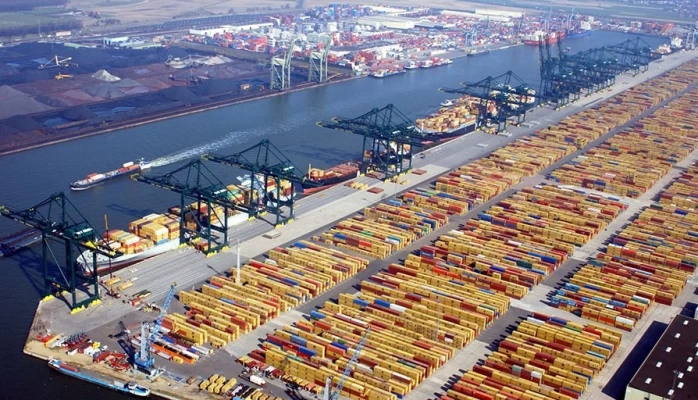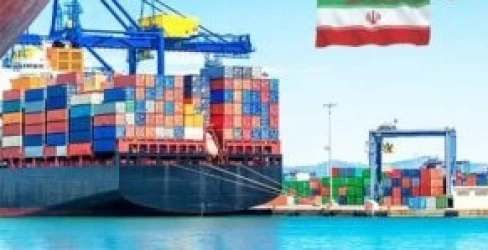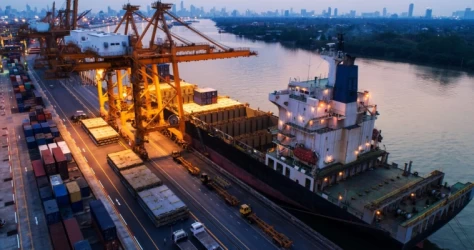Sea freight in the port of Antwerp
The Port of Antwerp is one of the most important maritime hubs in Europe and the world. Located in Belgium, this port has been a critical node for international trade for centuries. As Europe’s second-largest port, Antwerp plays a key role in connecting global supply chains, facilitating imports and exports, and supporting economic growth. Its strategic location, advanced infrastructure, and efficient operations make it a preferred destination for shipping lines, logistics companies, and manufacturers across various industries.
Overview of the Port of Antwerp
Antwerp is a major gateway to Europe, providing access to markets in the European Union and beyond. It has direct connections to over 800 destinations worldwide, making it a global trade hub. In 2023, the port handled more than 200 million tons of cargo, including containers, dry bulk, liquid bulk, and breakbulk. The port's efficiency is supported by state-of-the-art facilities, including container terminals, oil refineries, and warehousing space, alongside strong links to road, rail, and inland waterways.
Antwerp’s port stretches over 130 kilometers and includes more than 300 terminals and docking facilities. These terminals are equipped with modern technology to ensure fast and reliable loading and unloading of goods. The port specializes in handling containerized cargo, liquid bulk (such as oil and chemicals), and dry bulk commodities like coal and grain.
Importance of Maritime Transport
Maritime transport is the backbone of the global economy, and Antwerp is a prime example of its critical role. Shipping accounts for approximately 90% of the world’s trade volume. For Europe, maritime routes remain essential for connecting manufacturers and suppliers with markets around the globe. The Port of Antwerp plays a vital role in this network, offering efficient maritime logistics that allow goods to flow seamlessly between continents.
The port’s location in Belgium provides easy access to the European hinterland. Goods arriving at Antwerp can be distributed to key markets such as Germany, France, and the Netherlands via its multimodal transport options, including railways and river systems.
Container Shipping at the Port of Antwerp
Container shipping is the largest segment of Antwerp's maritime activity. With several deep-water terminals that can accommodate the largest vessels in the world, Antwerp processes millions of containers annually. Containerized cargo includes a wide variety of goods, from consumer products like electronics and clothing to industrial components and raw materials.
One of the key advantages of the Port of Antwerp is its ability to efficiently handle transshipment. This allows goods to be offloaded, stored temporarily, and then reloaded onto different ships, trucks, or trains for delivery to their final destination. With over 15 million TEUs (twenty-foot equivalent units) passing through its container terminals, Antwerp has established itself as a leading port in the global logistics chain.
Bulk Cargo Operations
In addition to container shipping, Antwerp handles significant volumes of bulk cargo. Liquid bulk (including oil, chemicals, and LNG) and dry bulk (such as grains, minerals, and fertilizers) are processed at specialized terminals. The port is equipped with storage tanks and pipelines that ensure the safe and efficient transfer of liquid cargo, while its dry bulk terminals handle large quantities of coal, ore, and other raw materials.
The Port of Antwerp is also a significant player in the petrochemical industry. Its integration with surrounding industrial areas has made it a hub for refineries and chemical processing plants, allowing for a seamless flow of raw materials and finished products.
Environmental and Sustainability Initiatives
In recent years, the Port of Antwerp has focused on increasing sustainability and reducing the environmental impact of maritime transport. Several green initiatives are in place to cut down on CO2 emissions, improve energy efficiency, and promote the use of renewable energy sources. The port has also invested in electric cranes, hybrid tugboats, and initiatives to increase the use of LNG (liquefied natural gas) as a cleaner fuel alternative for ships.
Furthermore, the port’s efforts to improve the circular economy include waste recycling projects, where waste from shipping and port operations is repurposed and reused. These initiatives ensure that the Port of Antwerp remains a responsible leader in global maritime logistics.
Conclusion
The Port of Antwerp’s role in international trade and maritime transport cannot be overstated. Its strategic location, cutting-edge infrastructure, and efficient operations make it one of the most vital ports in Europe and the world. As a gateway to Europe and a major hub for global supply chains, Antwerp is crucial for the success of the maritime industry. With a strong focus on innovation and sustainability, the port is well-positioned to continue its leadership in maritime transport for years to come.
If you have any specific questions or need further details, feel free to ask!











